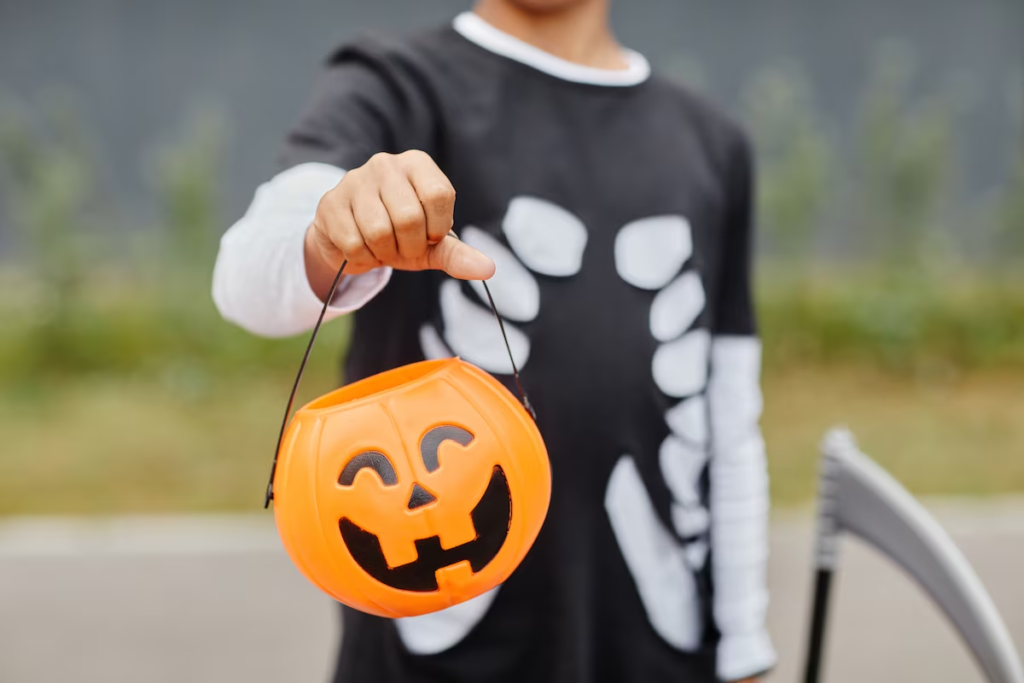Halloween: The Perpetuation of Indigenous Stereotypes

By: Zehra Sahin
The perpetuation of Indigenous stereotypes each Halloween is facilitated through media, from movies and television series, to viral posts on social media. Every year, characters from hit films and trending TV series dominate costume sales, with consumers eager to dress up as their favorite on-screen personalities. But beneath these trends lies an even darker issue: the perpetuation of harmful stereotypes, especially surrounding Indigenous people.
Several modern movies and television series have inaccurate portrayals of Indigenous cultures, simplifying them to outdated and stereotypical tropes. More popularly, costumes, such as those named “Indian Princess” or “Chief”, are deeply rooted in these misinterpretations so as to show the lack of respect toward the history behind the culture. Some widely known examples include Peter Pan and Pocahontas, which popularized Native American images that many still replicate to this day. These costumes appropriate rich, varied cultures and instead reduce them to a few popular symbols such as feathered headdresses or war paint—out of context and without respect for their deeper meaning.
Social media has amplified these distasteful trends; however, in turn, it has also fostered a community of online activists. Though the media has been a vessel to this appropriation, online platforms have also served as a stage to call out the cultural injustice and shed light on the harm these costumes cause upon Indigenous culture and peoples.

